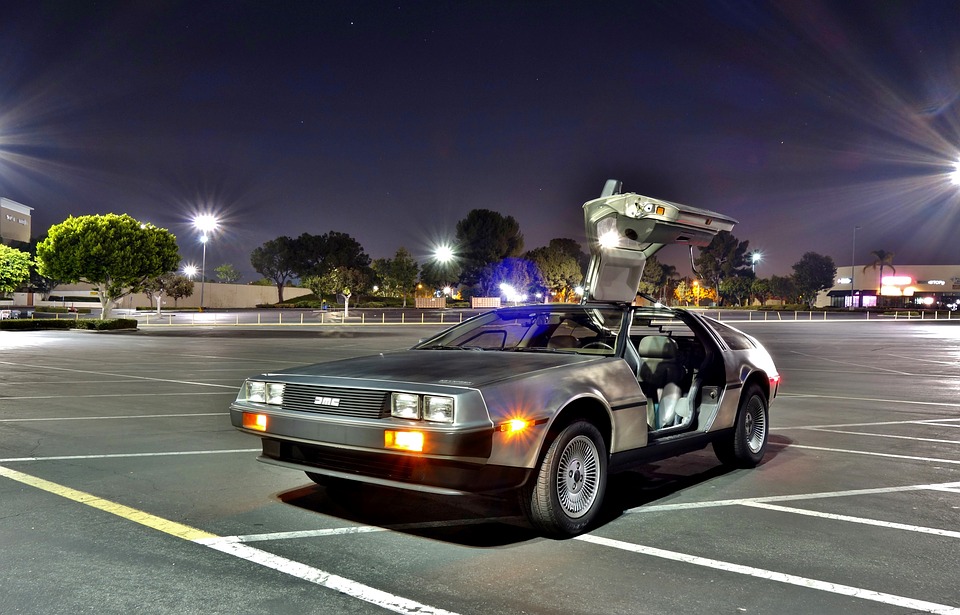Innovative stainless steel game changer for car industry
A car that is light, safe and will not rust, that is the goal of the project recently awarded to professor Maria Santofimia Navarro and assist. prof. Yaiza Gonzalez-Garcia from the Department of Materials Science and Engineering. In their research, entitled ‘Development of New Martensitic Stainless Steels for Automotive Lightweight Structural Applications (QPInox)’, they will develop a new generation of steel, which has been a long time wished in the automotive industry: a strong, light and inexpensive stainless steel that makes cars more environmentally friendly. This month Santofimia and Gonzalez-Garcia received the news that funding was awarded by the Research Fund for Coal and Steel (RFCS) from the European Commission for their research. This project sees them joining forces with Acerinox (a steel manufacturer in Spain), IMDEA Materials (a research institute in Spain) and RINA-CSM (a research institute in Italy).
Cars are responsible for 12% of total CO2 emissions in Europe. EU legislation sets mandatory emission reduction targets for new cars. This innovative stainless steel, could become a game changer for the automotive industry. Advanced High-Strength Steels (AHSS) currently being investigated for the automotive industry combine multiphase microstructures with grain sizes at the scale of the nanometer, which confers extraordinary combinations of strength and ductility. However, AHSS strategies are leading to steels that are not corrosion-resistant. The novelty in this project is the creation of a stainless steel with the mechanical properties of a AHSSs. Santofimia will create the multiphase microstructures needed for the demanding mechanical properties and Gonzalez-Garcia will research the corrosion properties of the new steel and the influence of the microstructure. Working together, they will “tune” the microstructure of the steel to achieve the final required properties: strong, light, inexpensive and improved corrosion-resistance.
Maria Santofimia Navarro
Applying the right “recipe” in the chemical composition and the right timing to the heat treatments makes it possible to produce this new kind of steel. The fundamental knowledge that we have on microstructure development will allow us to avoid critical alloying elements such as nickel in the composition. These investigations require of fundamental research, and the RFCS fund will enable us to perform it. Other application properties will be studied in the consortium, such as weldability and fatigue. This steel is not only interesting for the automotive industry, but it could be extremely useful in other applications as well, such as in energy transport and production.


Yaiza Gonzalez-Garcia
The application of stainless steel will increase the life service of the car, reduce maintenance and will contribute to meet the CO2 emissions reduction targets. Furthermore it will bring new and interesting research challenges on the area of colour paint applications and adhesion. This grant means we can hire a PhD candidate from 1 June onwards. The prospect of producing this steel is very exciting. It would be great if it could ultimately be implemented in industry.

The most famous car made of stainless steel in history is the car of Back to the Future - the Delorean DMC-12. Although corrosion free, the mechanical properties of the used stainless steel are poor and makes the car certainly far from light and not as safe as current modern automobiles. Will we be able to create the steel for the next Back to the Future car?
Read more about the Research Fund for Coal and Steel (RFCS)
